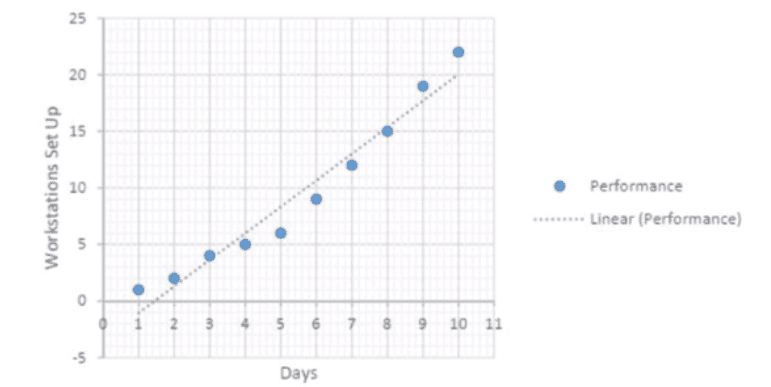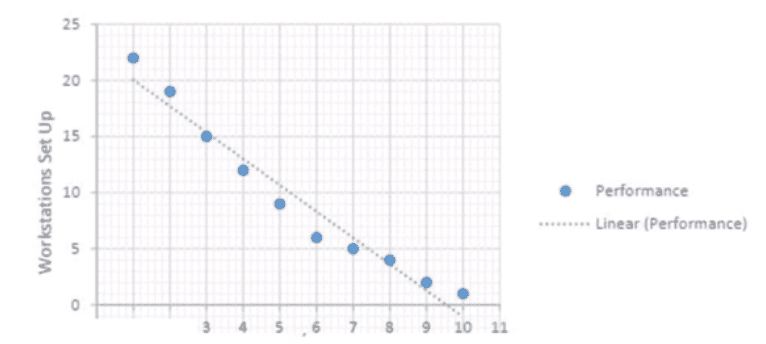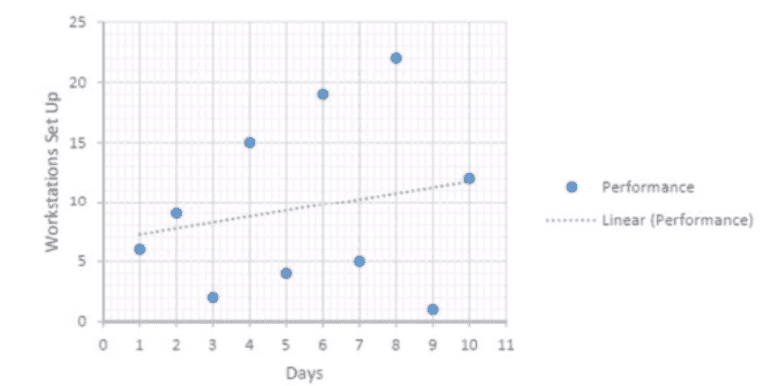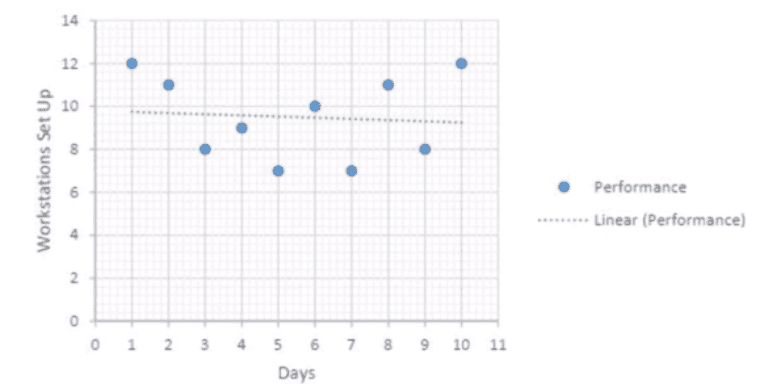CompTIA Project+ Certification PK0-005 Exam Practice Test
Which of the following tasks should the project manager complete first when validating deliverables?
Answer : C
Following the approval of a change by the CCB, which of the following should a project manager consider next when deploying a new networking device into an existing production environment?
Answer : A
A project team is working remotely from different locations across the country. As part of a lessons-learned exercise, the project manager would like to
identify the level of engagement among project team members. Which of the following would be the best tool for the project manager to use?
Answer : C
A project manager has been assigned to a new project. During the planning phase, the project manager needs to get an understanding of the purpose of the project. Which of the following should the project manager do?
Answer : C
A PM is working to establish accepted communication channels and to define access requirements. In which of the following phases is the project?
Answer : D
Which of the following is an activity that should be used in the closing phase of a project to support the project triple constraint?
Answer : A
An IT intern was assigned to set up workstations as part of a project. The IT intern was very careful to do the task well and initially referred to notes while performing the task. By the end of the two-week rotation, the IT intern no longer needed the notes and completed more set-ups in less time. Which of the following MOST likely represents the observed relationship in this scenario?
A)

B)

C)

D)

Answer : C